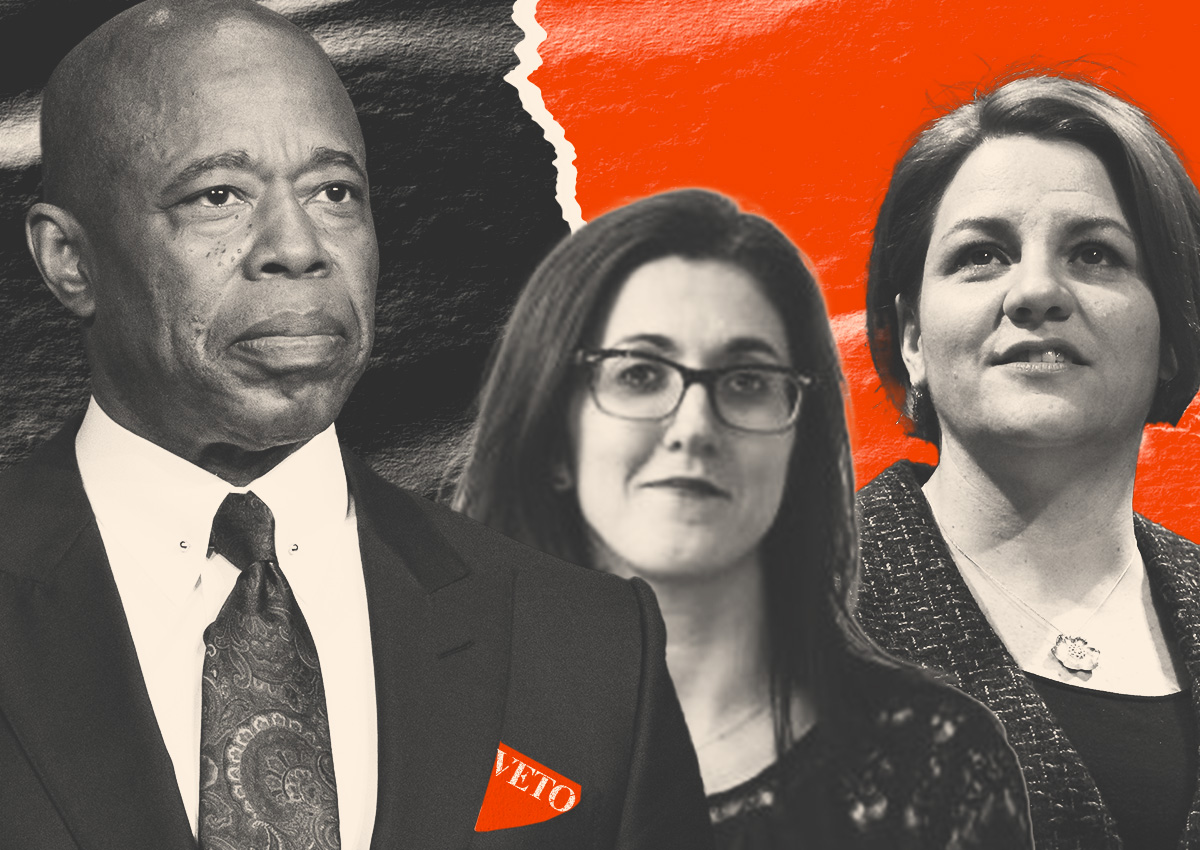“I’m not going to be ignored,” a scorned mistress warned in an unforgettable 1980s movie.
But unless you’re wielding a butcher knife like Glenn Close in “Fatal Attraction,” you will indeed be ignored if you pitch The Real Deal the kind of story we never cover.
This happens dozens of times every day, if not hundreds. Editors spend what feels like half of our lives deleting emails. Many are follow-ups to previously dismissed messages.
I harbor no illusions that I can slow this digital onslaught by spelling out what our New York website, which I oversee, does and doesn’t deem newsworthy. But if I don’t disclose our criteria, I could hardly blame real estate people and their public relations teams for trying.
So here goes.
Let’s start with residential coverage.
Manhattan home sales below $15 million aren’t news, unless there’s a celebrity seller or buyer. If a celebrity owned the home years ago, does that matter? It does to the New York Post, but not to TRD. (One does occasionally slip through, however.)
We don’t cover all sales above $15 million, though, especially those involving anonymous LLCs. Over $30 million? Probably yes. In the outer boroughs of New Jersey, we’ll consider sales as low as $5 million.
Commercial real estate is more complicated.
All New York City investment sales between $10 million and $40 million will get a few sentences in our weekly mid-market report. Smaller sales, fuhgettaboutit. Sales north of $40 million have a shot at an individual story. North of $100 million virtually guarantees coverage.
As with every deal, the more interesting information included in the pitch, the better the chances of publication. A dollar figure is essential. If we don’t have a sale price, we have nothing. Would McDonald’s sell a hamburger without meat?
We cover project filings for large developments. North of 200,000 square feet gets our attention. Construction or acquisition loans of $50 million or more also merit a story, because they are what make a project real. Incremental refinancings, probably not, unless they rescue a struggling project or reach the $100 million mark.
Another thing you won’t see on our New York site is suit-wearing executives holding shovels over a pile of dirt or cutting a ribbon. The only groundbreaking ceremony I recall us covering was for Hudson Yards. If you build something like that, let us know.
What about sales launches or the start of leasing? Almost certainly not. Journalists don’t do marketing. We have sales reps for that.
If your building reaches an internal goal (“Amazing Luxury Condo Project is 50 percent sold!”), be sure to tell your friends, because they won’t read about it in TRD.
New office leases of minimum 30,000 square feet are eligible for coverage. No promises, though, unless it’s 70,000 square feet or more. Renewals start at 100,000. And yes, it does matter if you divulge the asking rent. See the hamburger analogy above.
For retail leases, we’re looking for 10,000 square feet. It can be smaller if, say, Rihanna is involved.
If, over several months, your client racks up a bunch of small leases that collectively exceed our square footage thresholds, is that worth anything to us? About as much as a zero-balance, bent MetroCard that expired a year ago.
Got a gripe about your building? Get in line. But if you get a lawyer, call us. A lawsuit means you’re serious, and not just trying to take a free potshot at your landlord or condo sponsor.
The list of story pitches with some connection to real estate but that are outside of TRD’s coverage runs long.
Our readers do not care, for example, about which U.S. cities are best for owners of pot-bellied pigs. Nor do they care that you brokered a deal for a 10-lane bowling alley in Des Moines, or just promoted John Smith from assistant regional deputy vice president to regional deputy vice president.
Fielding utterly irrelevant pitches is tedious. We can at least learn something from emails about deals we would cover if they didn’t fall short of our size thresholds.
To wit: I recently received a property listing from a multifamily broker that included a complete rent roll for the building, and was intrigued that four or five apartments were renting for about $150 a month. It was a reminder that rent control (which is different from rent stabilization) is alive and kicking.
And, to be sure, some unusable pitches have entertainment value.
“We’ll pay a homeowner $2,500 for us to come to their home and release ~100 American cockroaches into their home,” one said. “The homeowners will have to live in the home for around 30 days while we test out various family and pet safe treatment methods, with the overall goal of uncovering the most effective roach treatment plan!”
That didn’t seem like the smartest idea. Apparently, I wasn’t the only one who came to that conclusion.
“We attempted to run this study in 2022,” the pitch noted, “but received advice from the EPA and our legal team, so we’ve narrowed it down to only one homeowner.”
Had to pass on that story. Only one homeowner — below our threshold.
Read more



